
Better wages and working conditions in the gig economy. Lifting the incomes of childcare providers, home health aides, and other woefully underpaid but vital workers. Ending the pernicious gender pay gap. Reforming New York State's dysfunctional unemployment insurance system. Ensuring that City and State tax and spending policies benefit every community.
Since its founding in 2017, CNYCA's Economic and Fiscal Policies Team has built a strong track record of researching and proposing solutions to these and other key issues in today's New York.

Testimony Submitted to the New York City Taxi and Limousine Commission Hearing on The Proposed Amendments to the Minimum Driver Payment Rules for High-Volume For-Hire Services

Testimony Submitted to the Labor and Public Employees Committee Connecticut General Assembly Hearing on An Act Concerning Rideshare and Delivery Driver Minimum Standards

Testimony before the Joint Legislative Hearing Committee on 2023-24 Executive Budget Proposal: Human Services

Testimony before the Assembly Standing Committee on Labor Subcommittee on Emerging Workforce Assembly Hearing to Address the Persistent Increase in People Leaving the Workforce, Focusing on the Factors Contributing to This Trend and Potential Solutions and Workers and Affected Industries

The Astoria Project survey captures the multi-dimensional impact on a single New York City neighborhood during the Covid-19 pandemic, bringing together economic findings, reflections on health and mental health effects, and new perceptions of risk now enveloping routine daily activities.
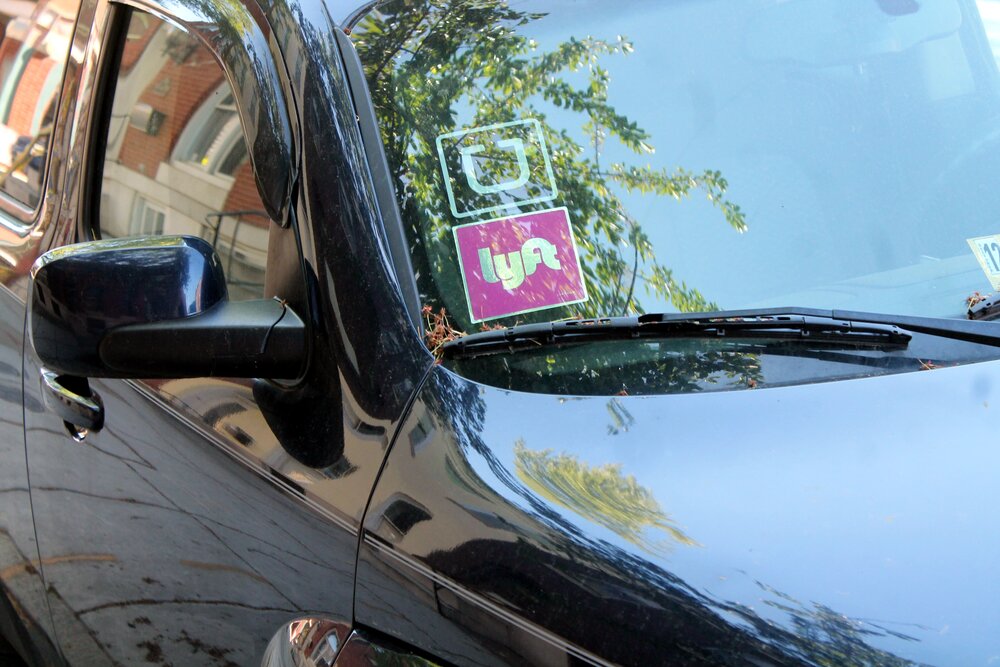
This report examines New York City’s app-dispatch driver pay standard and finds that in the first year of the pay standard (pre-pandemic) driver pay increased by about nine percent, passenger fares rose slightly but not much more than in Chicago without a pay standard, passenger wait times declined significantly, and some of the pay increase was absorbed by the app-dispatch companies through lower effective commission rates.

New York’s antiquated law governing unemployment insurance disincentivizes work and threatens to slow the economic recovery. This report from the CNYCA analyzes the proposed Stirpe-Ramos bill’s reform for New York’s partial unemployment insurance benefits and finds that low- and moderate-income workers would benefit and models several scenarios to show that additional costs to the state’s UI trust fund will be small.

Nonprofit social services provide essential services for a broad swathe of New Yorkers, yet these organizations face significant workforce retention and recruitment problems. This report from the Center for New York City Affairs outlines concrete steps that can be taken to invest in these essential workers by building robust career ladders, addressing pay disparities among workers, and raising the compensation of nonprofit workers to aid in retention and recruitment. The ongoing public health emergency and economic dislocation make clear the need to invest in social service workers essential not only during emergencies but also day in and day out.

This report updates the Center's ongoing examination of the Covid-19 economic impact, finding that as of early August, unemployment remains distressingly high, and the July expiration of the temporary $600 Federal supplemental weekly unemployment insurance benefit will impose deep new hardships on hundreds of thousands of New Yorkers and on the entire city economy.

The Center for New York City Affairs and the Center for Wage and Employment Dynamics at the University of California Institute for Research on Labor and Employment are releasing a new report recommending the establishment of a minimum compensation standard for Seattle Uber and Lyft drivers. The study examined pay for thousands of Seattle drivers, and found that drivers net about $9.73 per hour, much less than Seattle’s $16.39 minimum wage for employees of large businesses. A third of all drivers work 32 hours per week or more and provide 55 percent of all trips. Nearly three-fourths rely on driving as their sole source of income.

Since February, New York City has lost 1.25 million jobs, by far the sharpest job decline since the 1930s. To a greater extent than in previous downturns, the Covid-19-related job losses are heavily concentrated among low-wage workers, hitting persons of color, immigrants, young workers, and less educated workers the hardest. It is likely that the city could end 2020 with 500,000 to 600,000 fewer jobs than at the beginning of the year. Substantial additional federal economic assistance is needed to reduce hardships and spark more and better employment opportunities.
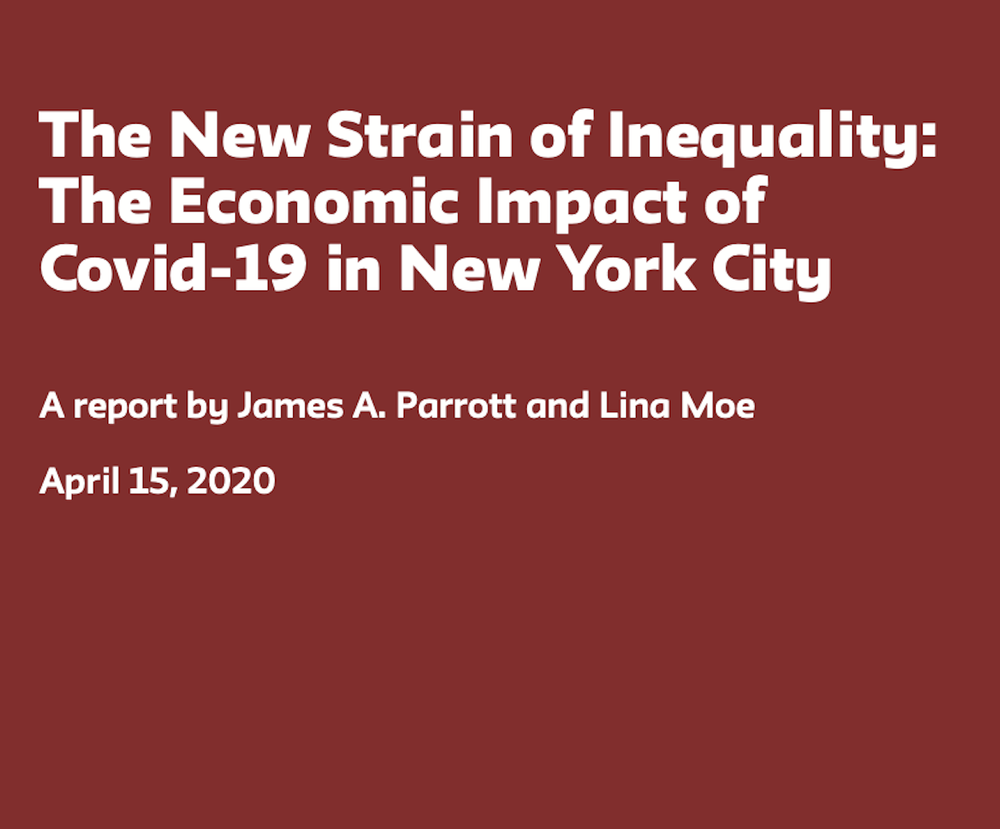
New York City’s economy is in a more precarious state than at any time since the 1970s fiscal and economic crisis. The current public health and economic crisis far surpasses the personal, psychological, and economic devastation wrought by 9/11, the 2008-09 Great Recession, or Superstorm Sandy. The social distancing public health imperative at present has incapacitated a substantial portion of the city’s economy. Job losses and new unemployment claims that have mounted since the beginning of the pandemic are unprecedented. An estimated 1.2 million New Yorkers (or 27 percent of all private sector workers) will be jobless by the end of April in an environment where businesses have been ordered to close and non-essential personnel told to stay at home. This report identifies the workers and industries that are expected to experience the most profound displacement and economic losses as business closures and social distancing measures demanded by the health crisis continue. The daunting economic challenges New York City faces in the months and years ahead are discussed.
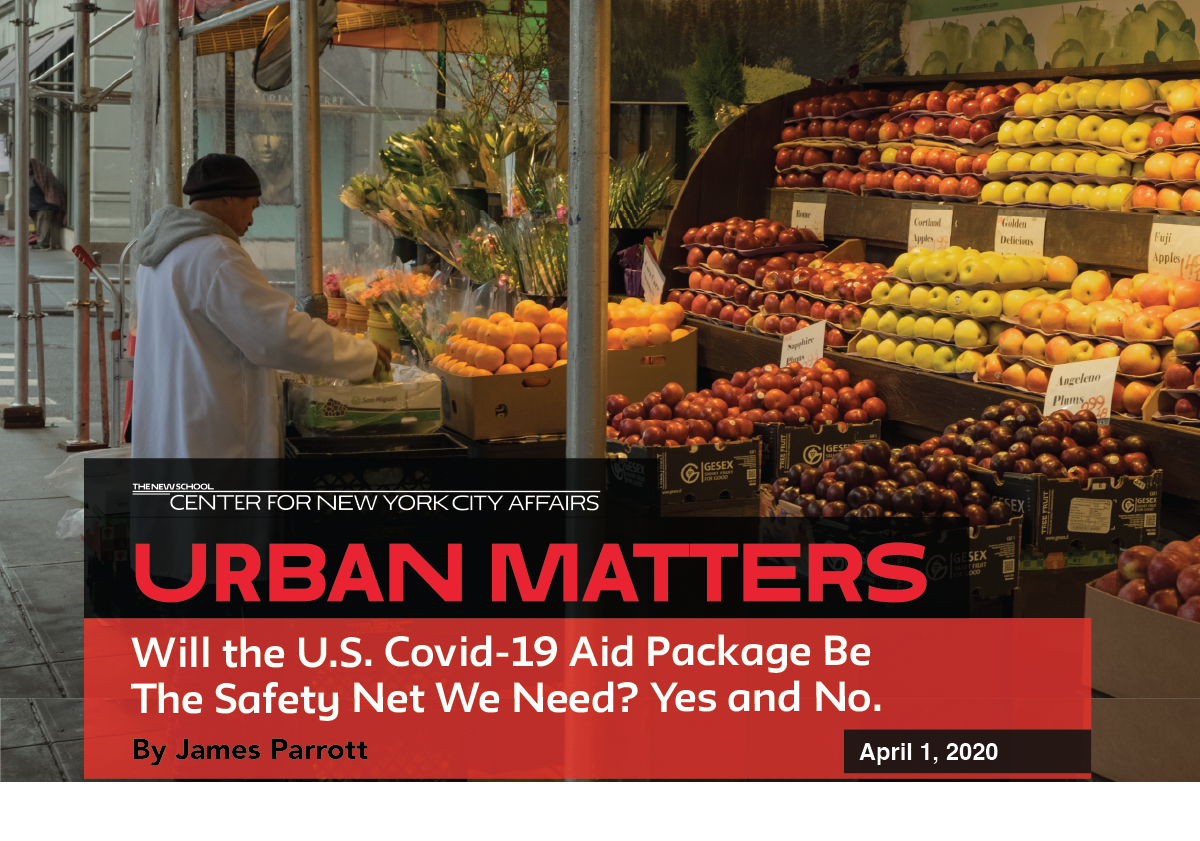
The CARES Act will help overcome glaring gaps. But workers and small businesses may not receive aid in a timely fashion. And assistance to immigrants, those without health insurance, and many low-income families will be severely limited.
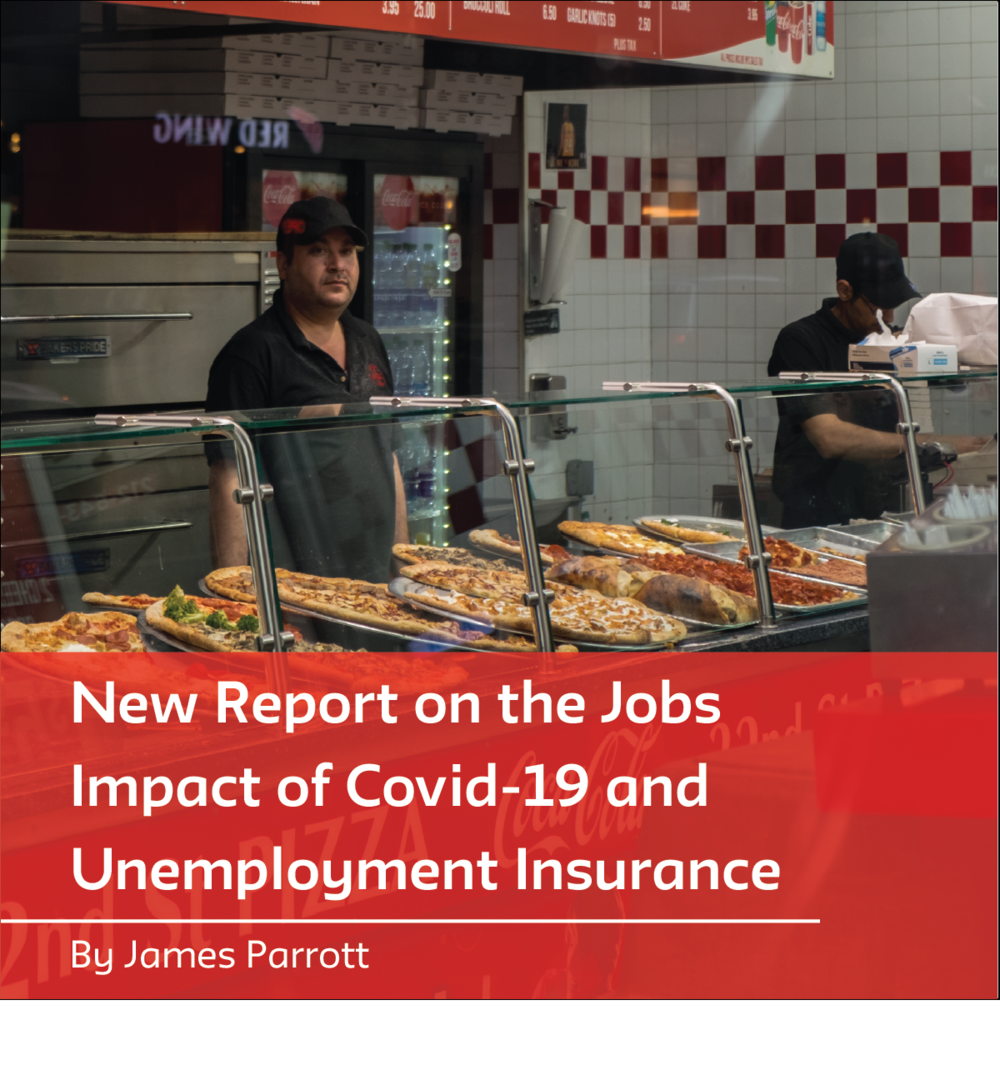
James Parrott, director of economic and fiscal policies for the Center for New York City Affairs at The New School, partnered with The Century Foundation and its Senior Fellow Andrew Stettner on a new report projecting up to 15 million U.S. lost jobs due to the coronavirus pandemic. The report also estimates the value of a key provision in the new Senate stimulus bill regarding unemployment insurance benefits.
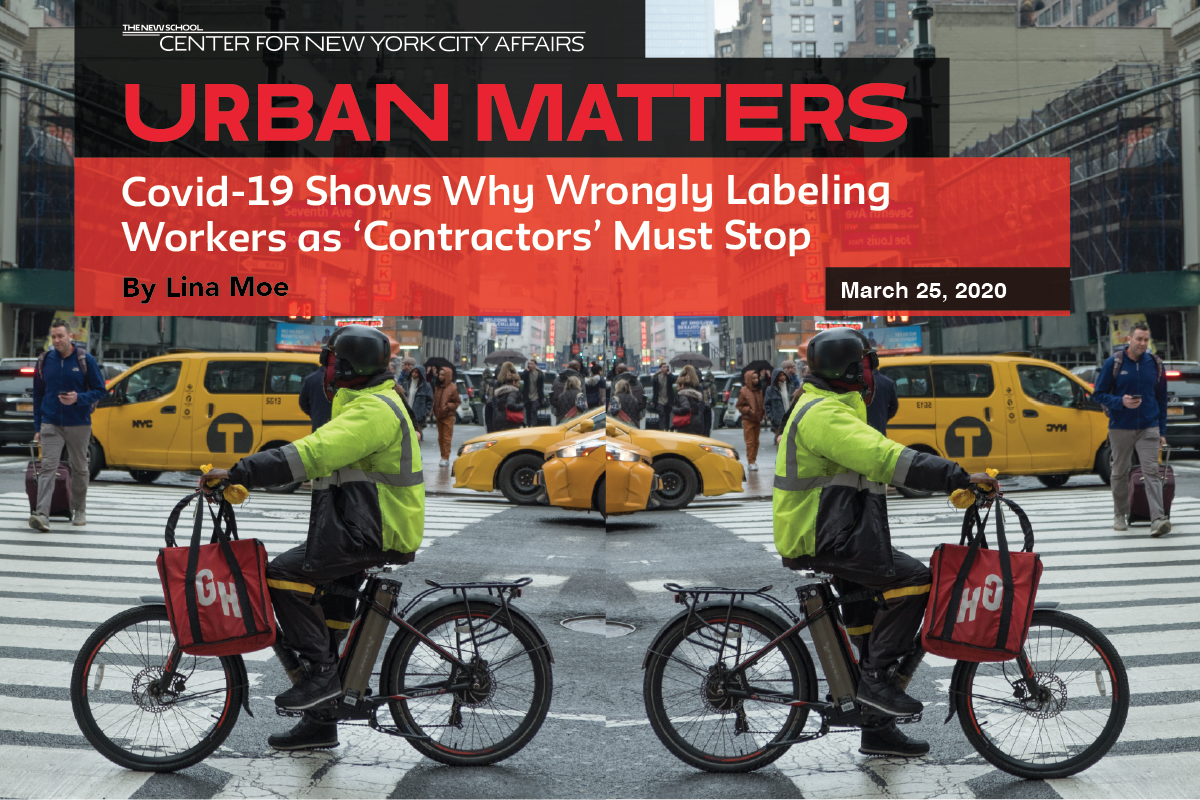
The Covid-19 outbreak and the massive economic dislocations it has induced have brought renewed attention to the lack of benefits, including employment-based health insurance coverage, typically experienced by workers classified as independent contractors.
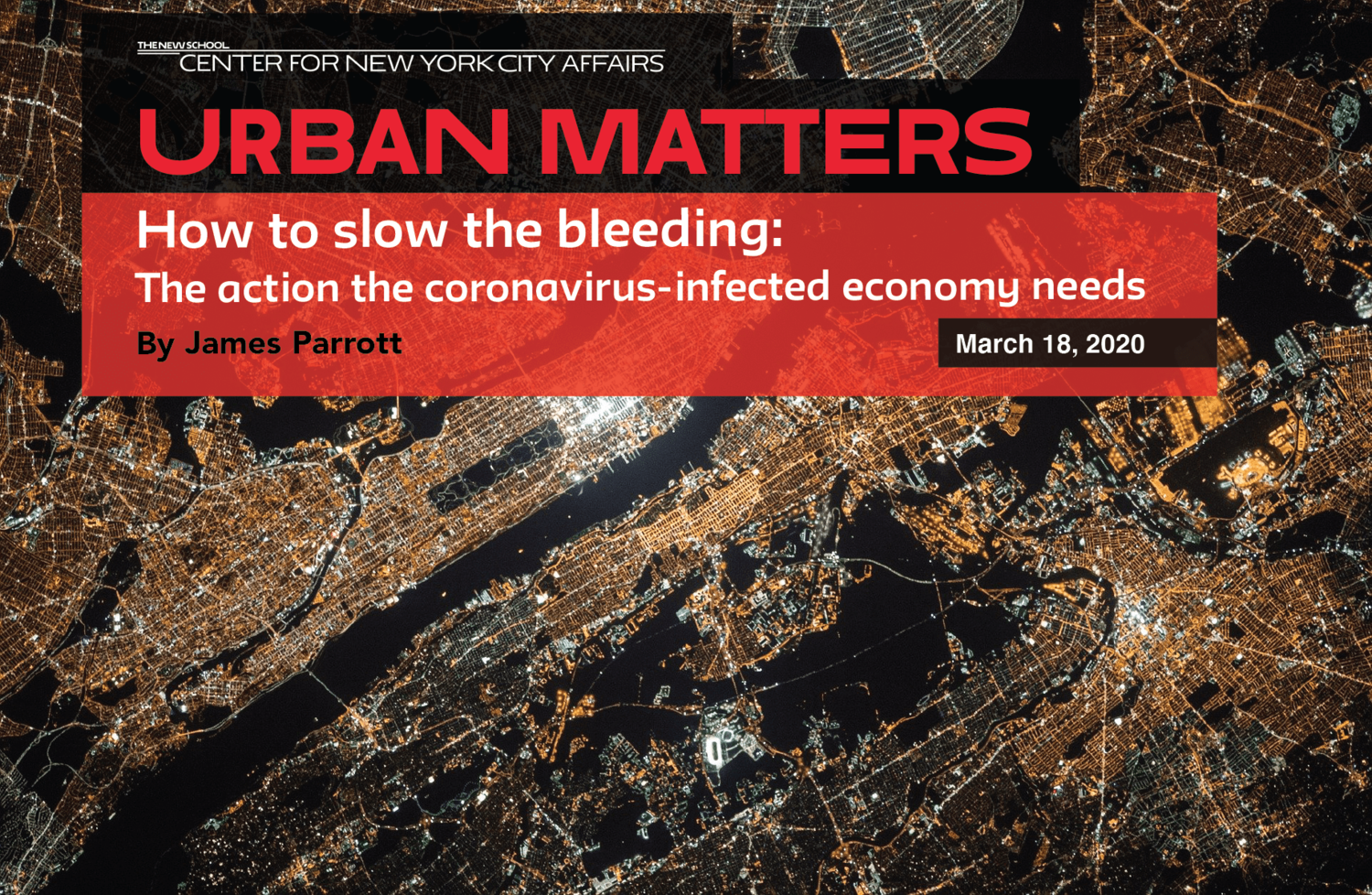
Elected officials have asked businesses and workers to shut down and cease what they do out of justifiable public health concerns. The first order of business for economic stimulus is to make whole those whose jobs ended because public safety demanded that.
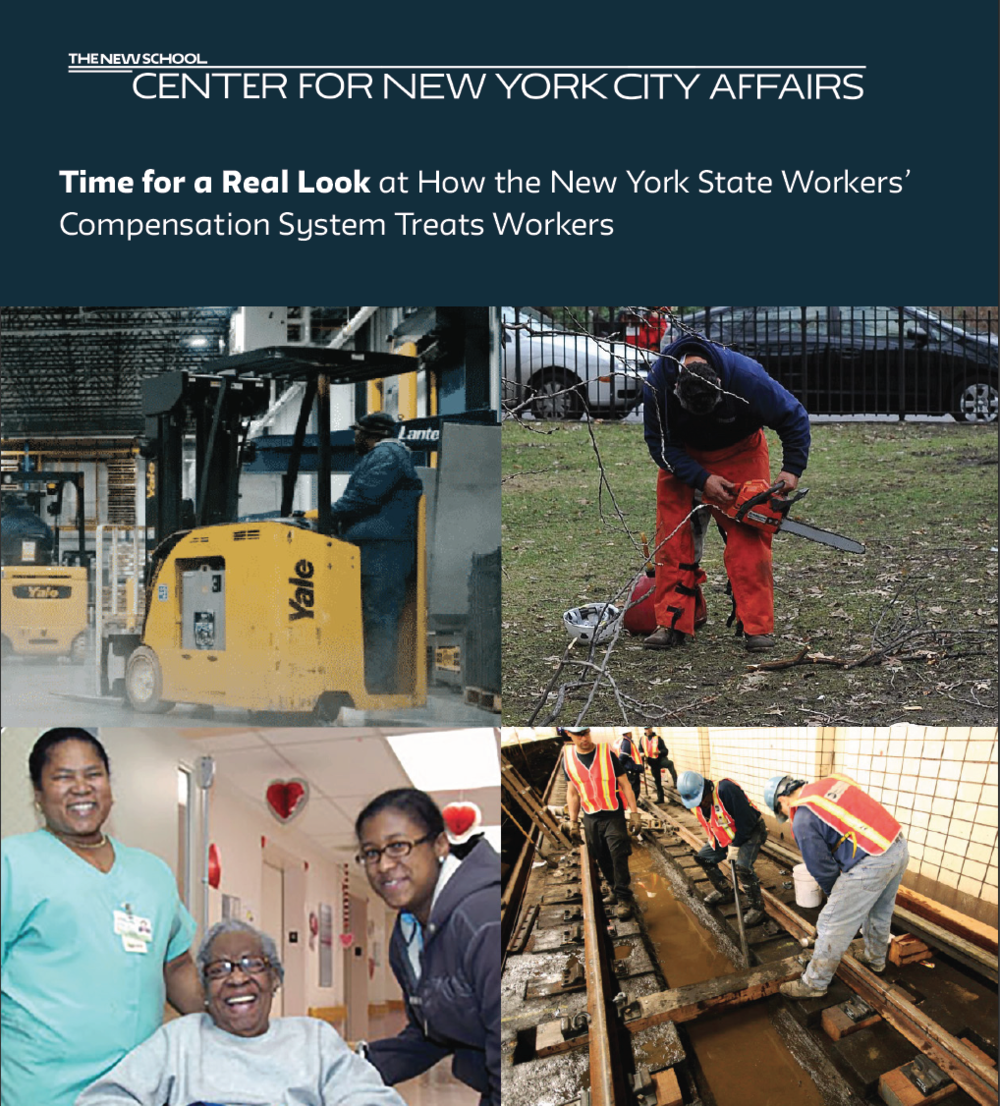
Many aspects of New York’s workers’ comp benefit structure combine to deliver inadequate lost-worktime compensation to injured workers. Since 2007 workers' comp “reforms,” payments to or on behalf of workers have fallen relative to workers’ comp premiums while insurance company profits have soared. This report unravels the details and argues that the Empire State needs to take a fresh look at its workers’ comp system in order to restore the priority of fairly compensating victims of workplace injuries and ensure that businesses responsibly invest in enhancing workplace safety. This report updates several data series included in an earlier version released in April 2019.
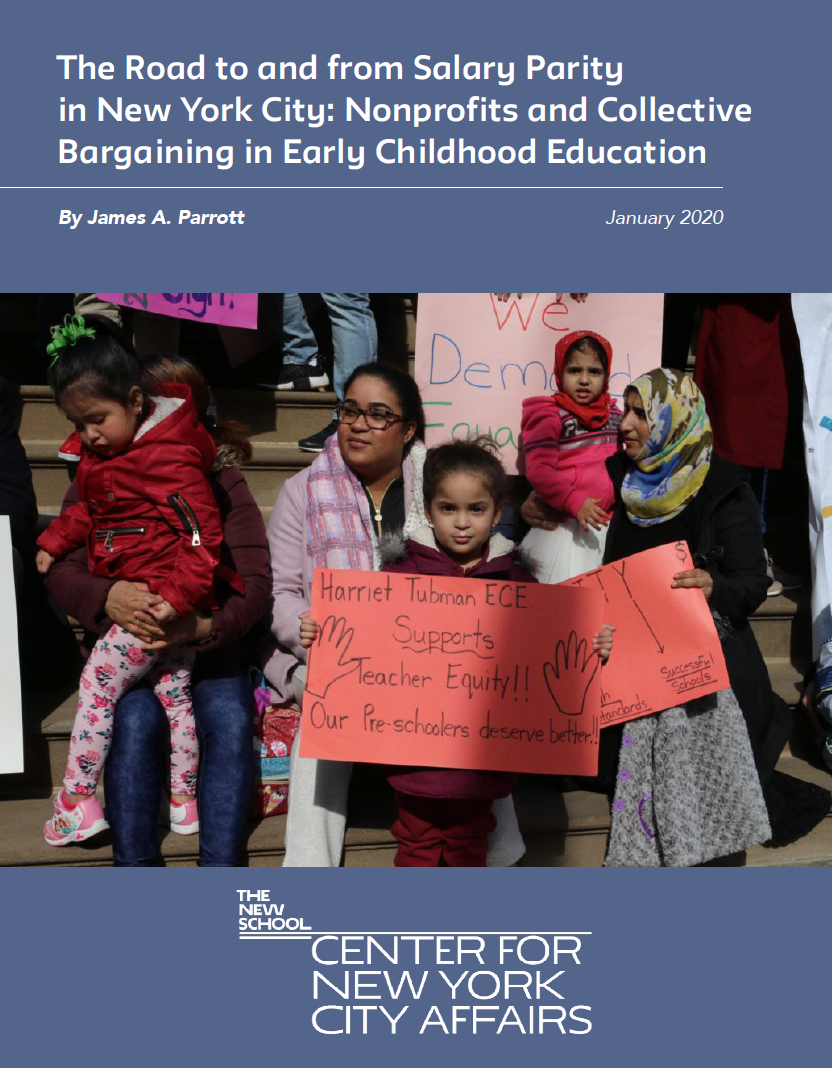
This report examines the progress achieved with New York City’s July 2019 commitment to early childhood education (ECE) starting pay salary parity that will raise pay for certified teachers in community-based organizations (CBOs) by 30-40 percent by October 1, 2021.
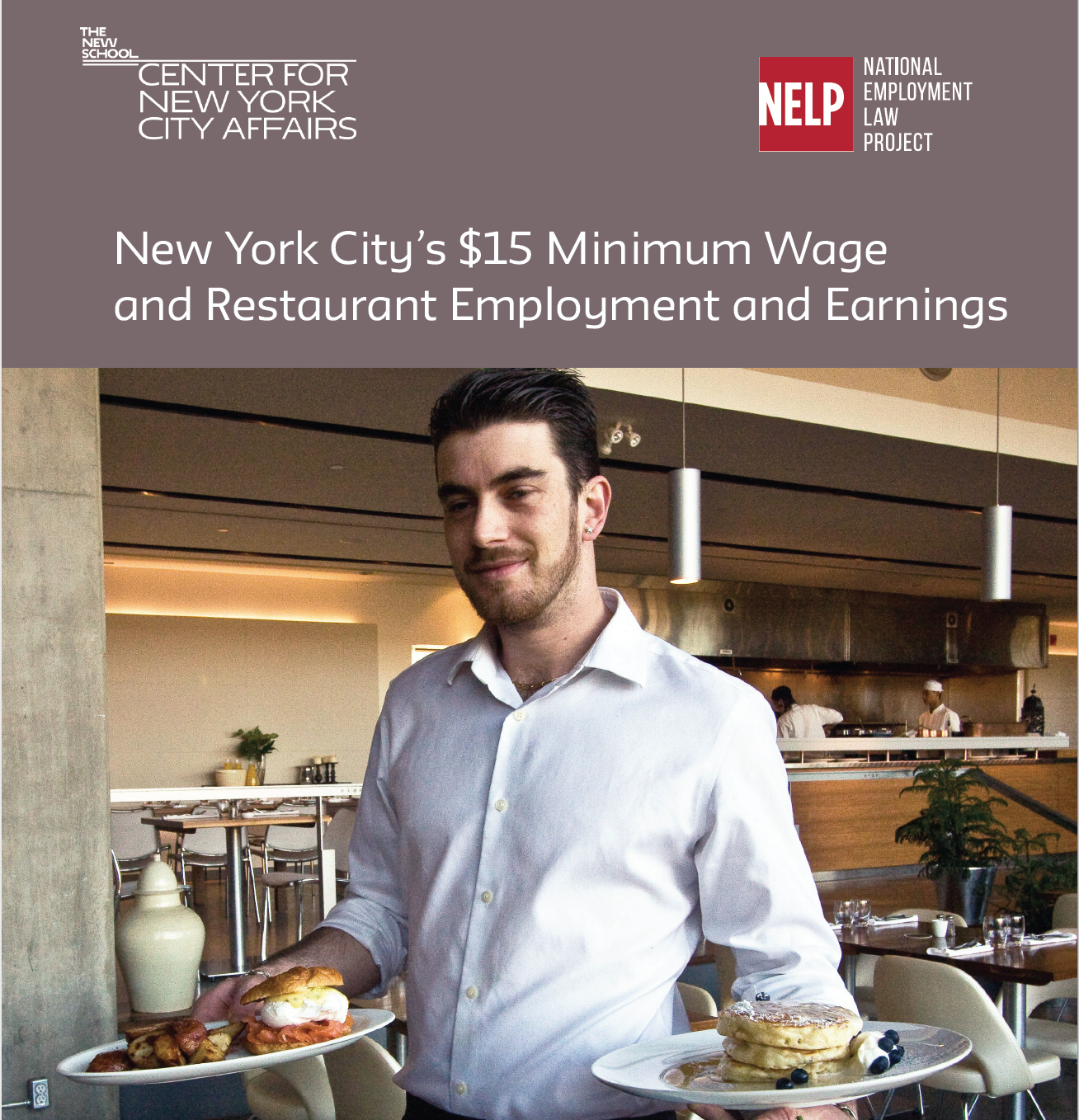
This is the first assessment of restaurant employment and earnings over the entire period of New York City’s historic minimum wage increases, 2013-18. Contrary to fears of massive job losses, $20 Big Macs, and shuttered restaurants, we found a thriving industry.
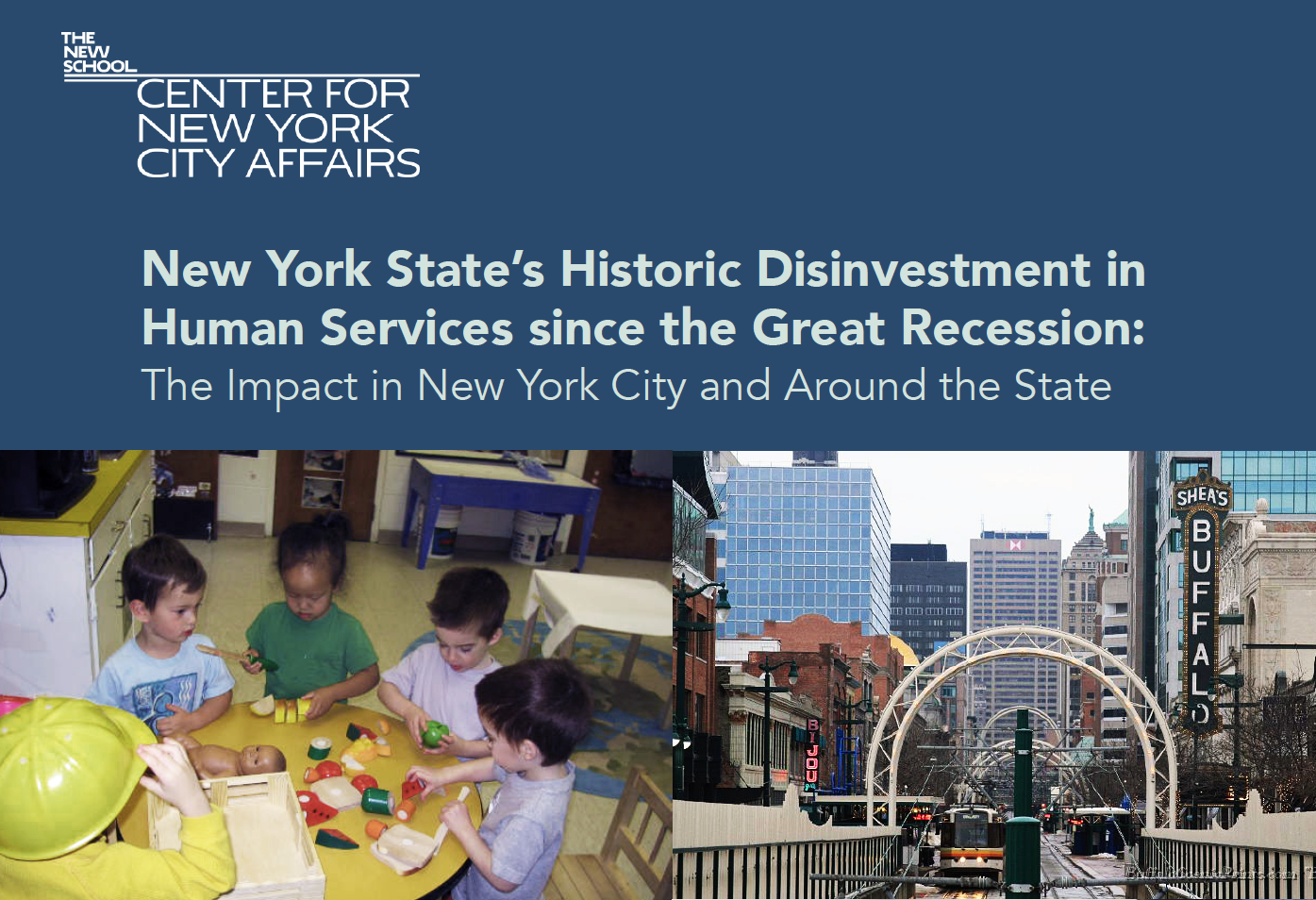
Human services aid from New York State helps localities pay for direct services, including public assistance and services provided through nonprofits. In this report we examine New York State, New York City and county budget data to understand how State funding trends affect localities across the state and New York City in particular.
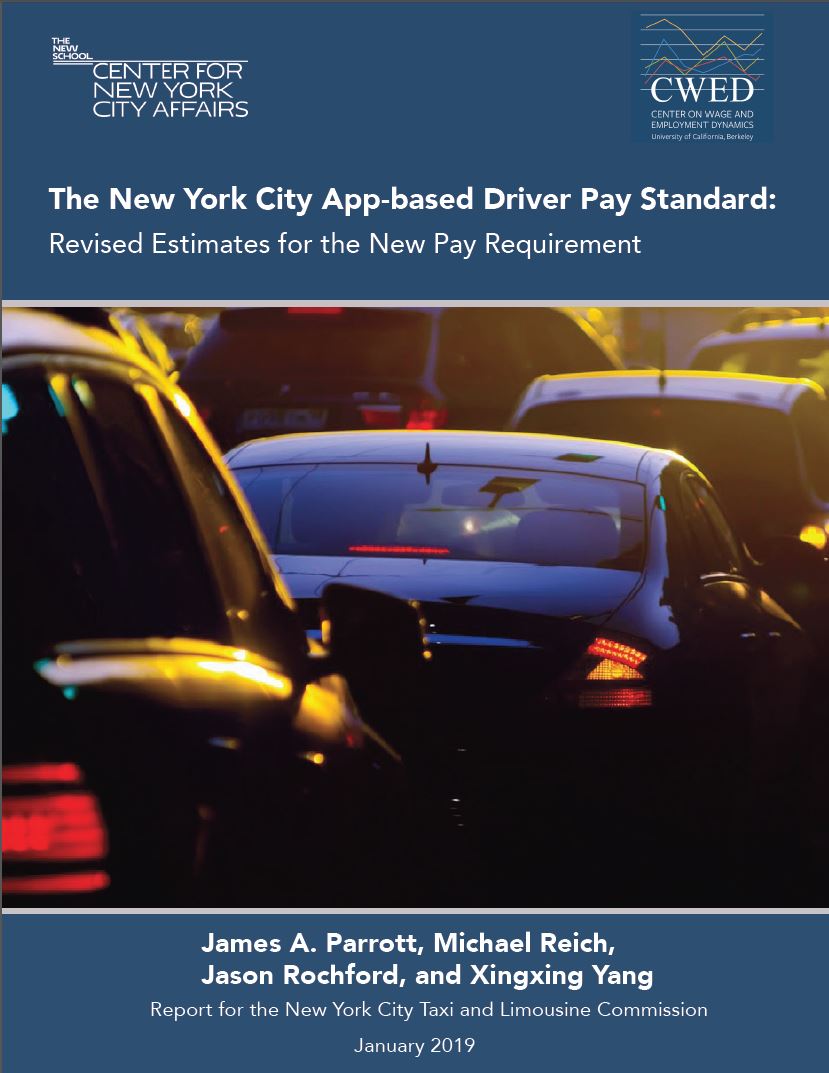
This brief provides an update to the report that Parrott and Reich issued in July 2018, "An Earnings Standard for New York City’s App-based Drivers: Economic Analysis and Policy Assessment,” and informs the final pay standard as incorporated in the Driver Income and Transparency Rules, adopted by the NewYork City Taxi and Limousine Commission (TLC) on December 4, 2018. The newpay standard takes effect February 1, 2019.
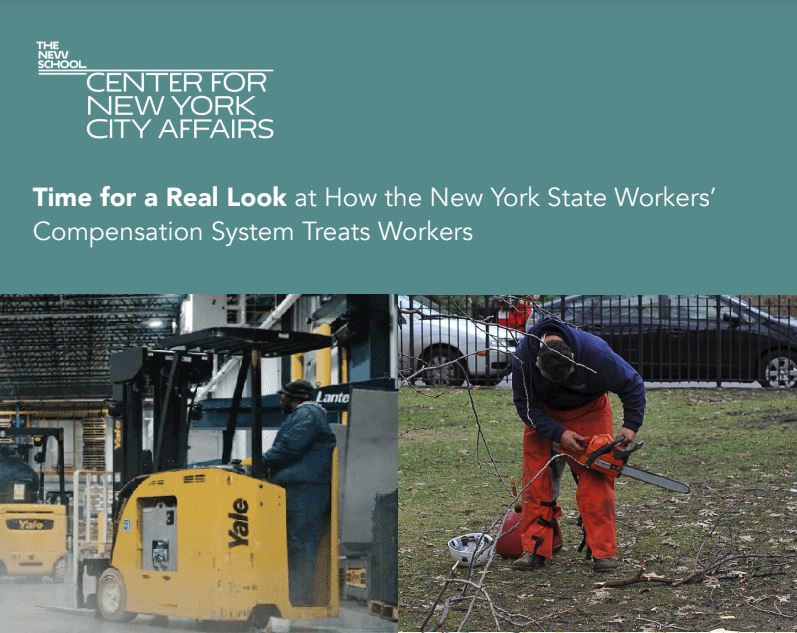
Despite an early history as a national leader in safeguarding the interests of workers injured on the job, New York’s workers’ compensation system has eroded considerably over the years, as legislative and administrative changes have often focused on curtailing benefits rather than adapting to changes in the economy, workforce, and business practices. While legislative changes in 2007 and 2017 included some positive measures, for the most part changes significantly lessened the adequacy of worker benefits. The unfortunate result is that the focus of workers’ compensation in New York has shifted from fairly compensating injured workers to minimizing employer costs.